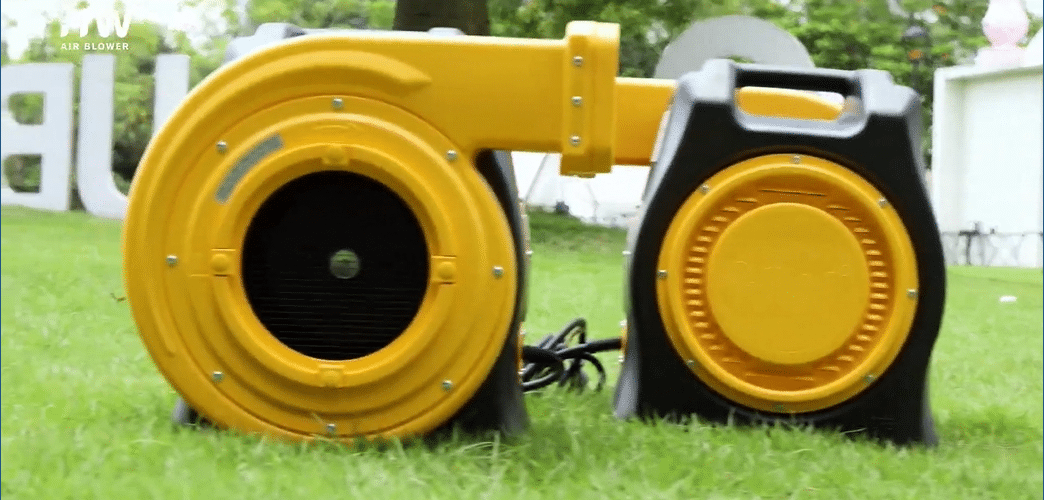
How to Prevent Overheating in Huawei Air Blowers
Overheating can reduce the efficiency of your air blower and potentially damage the equipment, leading to costly repairs or replacements. Huawei air blowers are designed with safety features to minimize overheating, but regular maintenance and proper use can further protect your blower and ensure smooth operation at events. Here are practical tips on how to prevent overheating in Huawei air blowers and keep them running optimally.
1. Choose the Right Blower for the Job
Using a blower with the appropriate power level for the inflatable size is essential. Overloading a small blower with a large inflatable can strain the motor, causing it to overheat. Make sure to match the blower model to the inflatable’s requirements, as larger setups need heavy-duty blowers with higher power output.
2. Keep the Air Inlet and Outlet Clear
Blockages in the air inlet or outlet can restrict airflow and cause the blower to overheat. Regularly check these areas for debris such as leaves, dust, or other obstructions, especially at outdoor events. Clear any blockages to maintain smooth airflow and prevent the motor from overworking.
3. Position Blower in a Ventilated Area
Ensure that the blower is placed in a well-ventilated area where air can circulate freely around it. Avoid placing the blower near walls or obstacles that may block ventilation. Good airflow around the blower allows heat to dissipate naturally, reducing the likelihood of overheating.
4. Avoid Extended Use Without Breaks
For long events, consider giving the blower short breaks if possible. Continuous operation over many hours can cause even high-performance blowers to heat up. Schedule brief intervals to turn off the blower, which will allow the motor to cool down, especially during low-traffic times.
5. Regularly Inspect and Clean the Blower
Dirt and debris buildup can contribute to overheating by impeding airflow and stressing the motor. Regularly clean the blower’s exterior and air vents to prevent dust from entering and affecting performance. A clean blower operates more efficiently, reducing the risk of overheating.
6. Monitor Ambient Temperature
Operating in extremely hot weather can increase the risk of overheating. Monitor the ambient temperature at outdoor events, and if possible, provide shade for the blower using a canopy or covering. Reducing direct exposure to sunlight can help manage the blower’s temperature during hot summer events.
7. Utilize Huawei’s Built-In Safety Features
Huawei air blowers are equipped with temperature regulation and automatic shutoff features that activate when the blower reaches a certain temperature. If the blower shuts off due to overheating, allow it to cool down completely before turning it back on. These safety features help protect the motor and internal components from permanent damage.
8. Check Power Supply Stability
Using a stable power source is crucial for blower efficiency. Voltage fluctuations can put extra strain on the blower’s motor, leading to overheating. Whenever possible, use a reliable power supply or a surge protector to ensure stable power delivery, especially at large outdoor events.
Conclusion: Prevent Overheating for Longer Blower Lifespan
By following these tips, you can reduce the risk of overheating in your Huawei air blowers, ensuring they perform reliably and last longer. Preventative steps like keeping the blower clean, choosing the right model, and utilizing its safety features help maintain optimal performance and protect your equipment investment.
Implement these practices before and during each event to keep your Huawei air blowers running smoothly and avoid disruptions, ensuring a successful, worry-free experience for your clients.